The Role of Geophysics in Volcanic Activity Prediction
Introduction
Geophysics is the study of the Earth by quantitative physical methods, especially by seismic, electromagnetic, and radioactivity methods. It plays a crucial role in predicting volcanic activity, which is the emission of gases, hot magma, and ash from a volcano. This article will delve into the role of geophysics in volcanic activity prediction, discussing various geophysical methods and their applications in this field.


Geophysical Methods in Volcanic Activity Prediction
Geophysical methods provide valuable data about the subsurface conditions of the Earth, which can be used to predict volcanic activity. These methods include seismology, geodesy, and electromagnetic geophysics.
Seismology
Seismology, the study of earthquakes and seismic waves, is a primary tool in predicting volcanic activity. Seismic waves are produced by energy releases in the Earth's crust, including volcanic eruptions. By monitoring seismic activity, scientists can detect signs of an impending eruption.
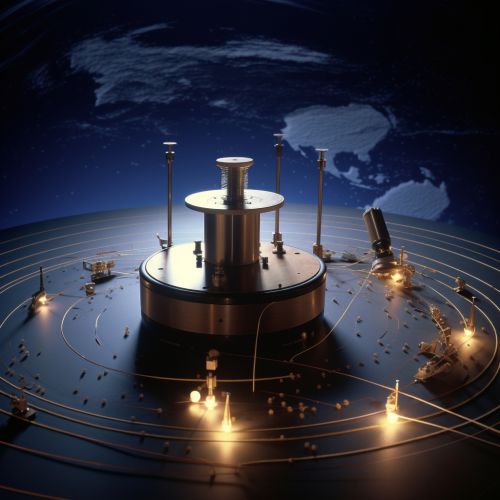
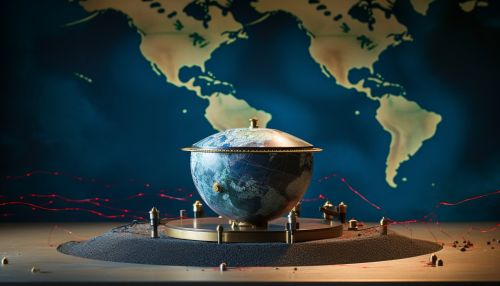
Geodesy
Geodesy, the science of measuring and understanding the Earth's geometric shape, orientation in space, and gravity field, also plays a role in volcanic activity prediction. Geodetic monitoring techniques, such as GPS and InSAR, can detect ground deformation caused by magma movement.
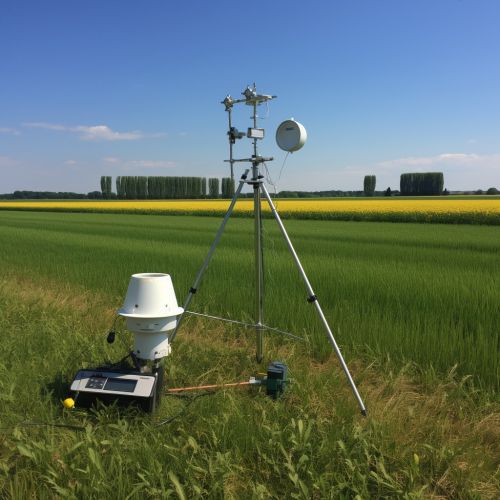
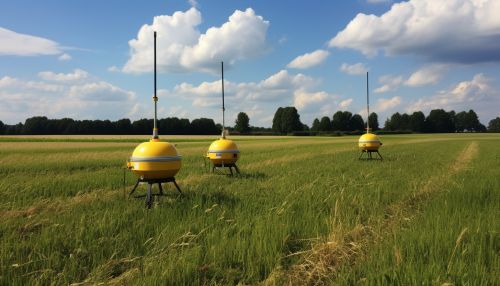
Electromagnetic Geophysics
Electromagnetic geophysics involves the study of the Earth's electromagnetic field. Changes in the electromagnetic properties of the Earth's crust can indicate magma movement, aiding in the prediction of volcanic activity.

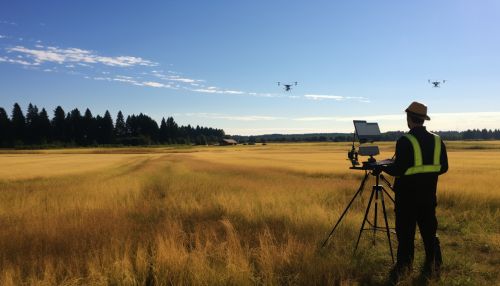
Applications of Geophysics in Volcanic Activity Prediction
The application of geophysical methods in volcanic activity prediction involves the collection, analysis, and interpretation of geophysical data.
Data Collection
Data collection involves the use of various instruments to measure seismic activity, ground deformation, and electromagnetic properties. These instruments are often installed in or around volcanoes and continuously monitor changes in the Earth's crust.


Data Analysis
Once collected, the data is analyzed to detect any anomalies or changes that could indicate an impending volcanic eruption. This involves complex mathematical and statistical methods, as well as the use of computer models to simulate volcanic activity.


Interpretation
The interpretation of the data is a critical step in volcanic activity prediction. It involves understanding the significance of the analyzed data in the context of the volcano's history and current activity. This step often requires expert knowledge and experience in geophysics and volcanology.
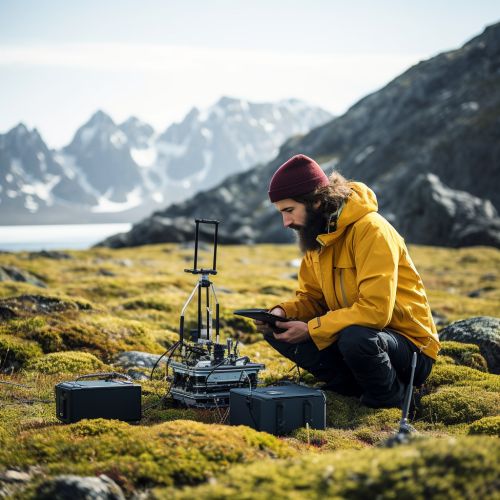

Challenges and Future Directions
Despite the advancements in geophysical methods, predicting volcanic activity remains a challenging task due to the complex nature of volcanoes and the limitations of current technology. However, ongoing research and technological advancements are expected to improve the accuracy and reliability of volcanic activity predictions in the future.


